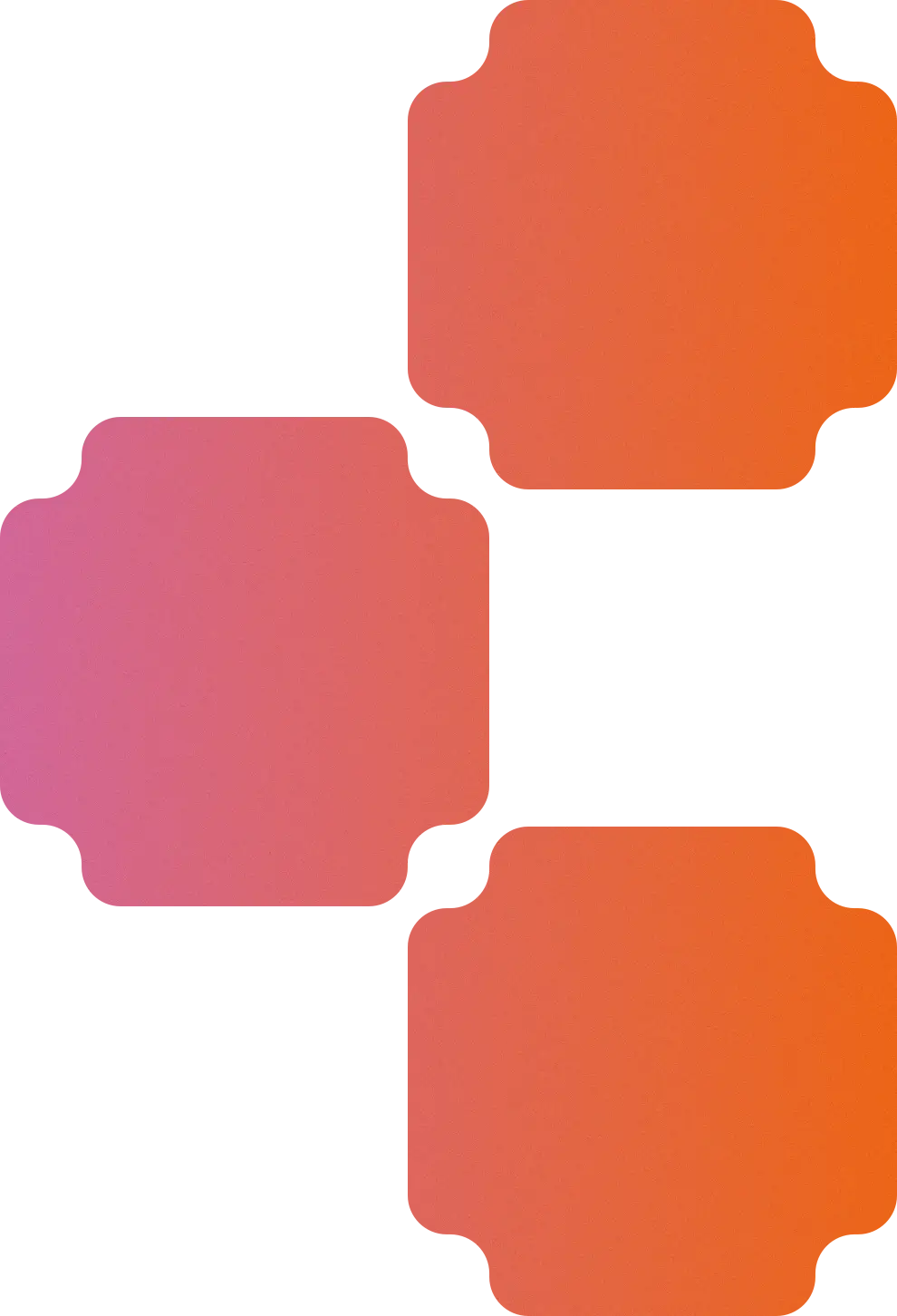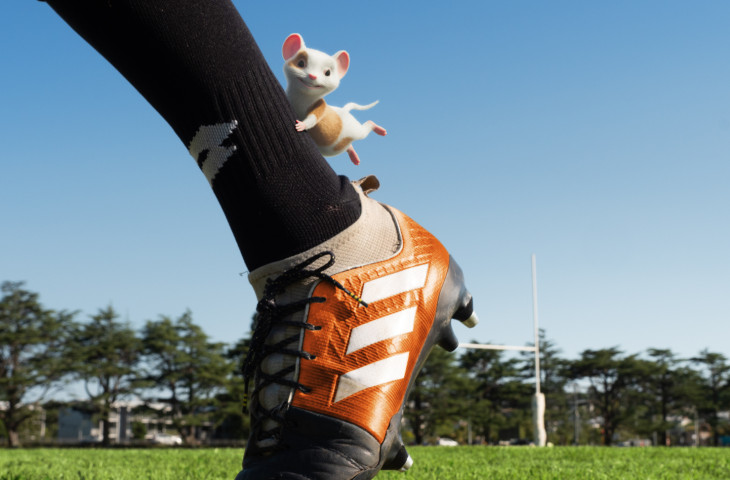
Planning & budgeting
Saving & investing
KiwiSaver
Tackling debt
Protecting wealth
Retirement
Home buying
Life events
Setting goals
Money tracking
Plan your spending with a budget
Getting advice
Studying
Get better with money
What pūtea beliefs do you have?
How to build up your emergency savings to cover unexpected costs
How to save your money
How to start investing
Find a financial adviser to help you invest
Your investment profile
Compound interest
Net worth
Types of investments
Term deposits
Bonds
Investment funds
Shares
Property investment
How KiwiSaver works and why it's worth joining
How to pick the right KiwiSaver fund
Make the most of KiwiSaver and grow your balance
How KiwiSaver can help you get into your first home
Applying for a KiwiSaver hardship withdrawal
How to use buy now pay later
What you really need to know before you use credit
How to get out of debt quickly
Credit reports
Know your rights
Pros and cons of debt consolidation
Credit cards
Car loans
Personal loans
Hire purchase
Student loans
Getting a fine
What happens if I start to struggle with moni?
How to protect yourself from fraud and being scammed
About insurance
Insurance types
Insuring ourselves
Wills
Enduring powers of attorney
Family trusts
Insuring our homes
Losing a partner
Redundancy
Serious diagnosis
How to cope with the aftermath of fraud
Separation
About NZ Super – how much is it?
When you’re thinking of living in a retirement village
How to plan, save and invest for retirement
Manage your money in retirement
Find housing options in retirement
Four approaches to spending in retirement
Planning & budgeting
Saving & investing
How to build up your emergency savings to cover unexpected costs
How to save your money
How to start investing
Find a financial adviser to help you invest
Your investment profile
Compound interest
Net worth
Types of investments
Term deposits
Bonds
Investment funds
Shares
Property investment
View all
KiwiSaver
Tackling debt
How to use buy now pay later
What you really need to know before you use credit
How to get out of debt quickly
Credit reports
Know your rights
Pros and cons of debt consolidation
Credit cards
Car loans
Personal loans
Hire purchase
Student loans
Getting a fine
What happens if I start to struggle with moni?
View all
Protecting wealth
Retirement
Home buying





The first step is to check how much debt you have, and what sort it is. The high-interest debt costing you the most is the priority, before the stuff with low or no interest. Student loans, mortgages or any other loans that don’t charge high interest or fees are okay for now.
It’s the high-interest debt that hurts most: payday loans, credit cards, store cards, car loans. That’s what we’re aiming for first.
If you have a number of loans to repay, it works best if you focus on repaying a single debt. Keeping the rest at the minimum payment, aim all your extra money to get rid of one at a time. Which one's first?
Why
Ticking off the tiny ones first gives you momentum, motivation. Quick wins are satisfying.
Why not
Financially speaking, this isn’t the quickest or cheapest way out of debt, but it may fire you up to finish.
Why
Knocking off the debt that costs you most is the quickest and cheapest way out of debt.
Why not
Taking on a large balance first takes grit. You want to make sure you make it all the way to being debt-free.
Paying off our smallest debts first can really get us going. This is called a debt snowball, and it can be truly useful if you need quick feedback that you’re on a roll.
Get the smallest loan out of the way. Then take those repayments (and any extra money you can find) and aim them at the next-smallest debt, and keep going. You gain momentum, pick up speed like a snowball, get all the motivation you need to see it through.
The quickest way out of debt is often called an avalanche: taking down the debts in order of how much they’re costing us.
Start with the one that hurts most: the one with the highest interest rate and fees. Then take those repayments (and any extra money you can find) and aim them at the next-highest-interest debt, and keep going.
Rinse and repeat until you’ve knocked them off and they all come down in an avalanche.
Debt should be a helpful tool. It can be used as leverage to get us climbing (like borrowing to study, to start a business, to buy a property). But many of us end up using it to smooth out our expenses and spend our future money now. And every time we do, it costs us, holding us back from getting ahead.
Debt needs to work for us!

Wrapping all your debts together and paying them off at once – ideally at a lower interest rate so you get out faster – can be helpful. But it can take longer to be rid of it. The key is to leave borrowing behind!
Rolling many debts into one single loan with a lower interest rate can often save you serious dosh. The weight becomes lighter in the short term, because you’re paying less interest on only one debt, and one payment is easier to budget for. Whew.

Consolidation can lead you deeper into debt. Many times it just frees up more credit card space, so the danger is you could wind up using that credit and borrow even more.
The end goal has to be becoming debt-free. Wouldn’t it be a huge relief?

It's so satisfying. You can track your progress using your Sorted dashboard – add a task to your checklist, or set a goal with the amount you're aiming for.


Use verification code from your authenticator app. How to use authenticator apps.
Code is invalid. Please try again
Don't have an account? Sign up
Or log in with our social media platforms


A free account gives you your very own space where you can save your tools and track your progress as you get ahead.
Or sign up using Google:



